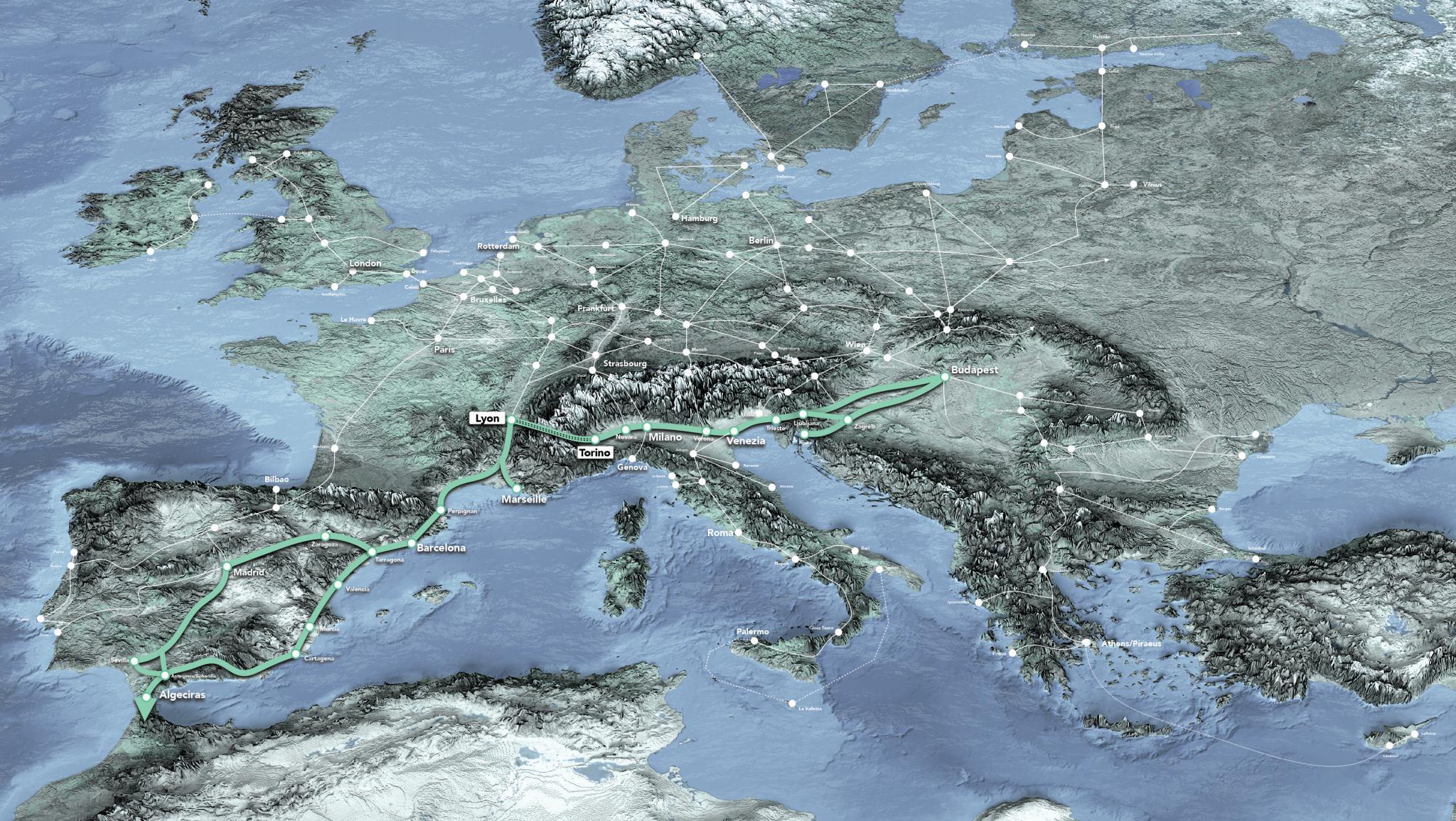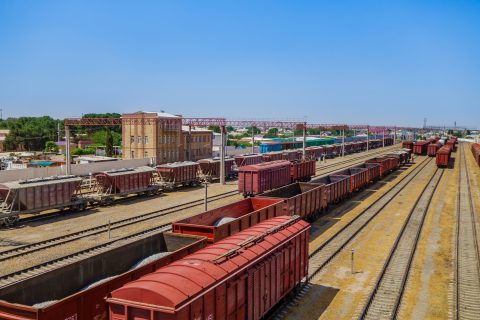What will Macron do about access routes to the Turin-Lyon tunnel?

The debate about the Turin-Lyon railway is in a heated phase since France does not seem too keen on providing access routes to the tunnel from Lyon. Last week, 57 French senators sent a pledge to president Emmanuel Macron asking him to speed up the bureaucratic process to make sure that the project does not lose its legal basis.
The French senators, united under the name of Parliamentary Union for the Lyon-Turin, are strongly criticising the report published by the Infrastructure Orientation Council (COI) at the end of February. The COI, a governmental advisory body under the Ministry of Transport, proposed to invest in the modernisation of the Dijon-Modane railway before providing access to the tunnel from Lyon. A formal decision from the government is scheduled for June.
In other words, if the government will follow the suggestions made by the COI, Dijon might be connected to the tunnel before Lyon. This, as the French senators underlined, is in contradiction with the agreement ratified by both Italy and France in 2022 to boost cross-alpine rail transportation. As the COI report mentioned, Lyon might not get access to the tunnel before 2045, over 10 years after its commissioning. According to the senators, following the guidelines set out by the report would endanger the success of the Turin-Lyon.
What are the senators asking for?
The senators are therefore asking Macron to somehow ignore the proposals made by the COI and focus on access routes connecting Lyon to the tunnel, which is expected to be ready in 2032. They are urging the French president to launch the studies for a Detailed Preliminary Project (APD), an indispensable step to obtain the extension of the Public Utility Declaration of the project to 2028. If this does not happen, the senators pointed out, the French side of the Turin-Lyon initiative would lose its legal basis and a new public inquiry would have to be launched.
Other than bureaucratic delays, postponing the project for access routes to the tunnel from Lyon might also lead France to lose funds from the European Union. The EU is ready to co-finance 50 per cent of the costs provided that the French stay committed. If these delays on the French side are not solved, there is a serious risk for the country of losing these funds. This is not the first instance in which French personalities urge Macron to make decisions concerning the Turin-Lyon project against the COI report. At the end of March, 37 former politicians sent a letter to the French president asking to initiate the APD phase as soon as possible.
It needs to be mentioned that part of the French public debate does agree with the proposals made by the COI. In early January, over 150 French public personalities signed a letter asking to stop the construction of the Turin-Lyon railway tunnel and redirect the investments toward exiting trains and routes. The signatories of this letter accuse the proponents of the project of having decreased trains between France and Italy by five times.
What does the COI want to do?
The COI report includes three solutions for access lines to the Turin-Lyon tunnel, which will cross Mount Cenis between France and Italy. The first proposal is the modernisation of the Dijon-Modane railway line. The line passes near Lyon but would not be part of the Turin-Lyon project as it would meet this railway only at the entrance of the international base tunnel, in St-Jean-de-Maurienne. However, the COI is planning to make it a permanent French access to the cross-border tunnel. For this project, up to 600 million euros will be necessary, with completion expected by 2030. This would mean that studies and construction for the French section of the Turin-Lyon won’t start before 2028 and 2038 respectively.
The COI report’s second proposal is that studies for access roads to the French section of the Turin-Lyon there would commence only in 2028 and construction in 2038. This means that these projects will not be ready before 2045, leaving the French line with no access roads near Lyon for over ten years. The final recommendation from COI is to accelerate the works to desaturate the railway network surrounding Lyon and complete them by 2035-2037. Having the Dijon-Modane line prioritised over the access routes to Lyon would also interfere with the development of the TEN-T Mediterranean Corridor. The Turin-Lyon is the central section of this corridor running from Spain to Hungary, whereas the Dijon-Modane line is not part of it at all, as the picture below shows.

Also read:
- Decision for Rhine-Alpine alternative on Rhine left bank is now up to France
- 100 billion for rail in France until 2042, but is it enough?
- Controversial Spain-France rail border crossing could reopen in 2028
You just read one of our premium articles free of charge
Want full access? Take advantage of our exclusive offer




